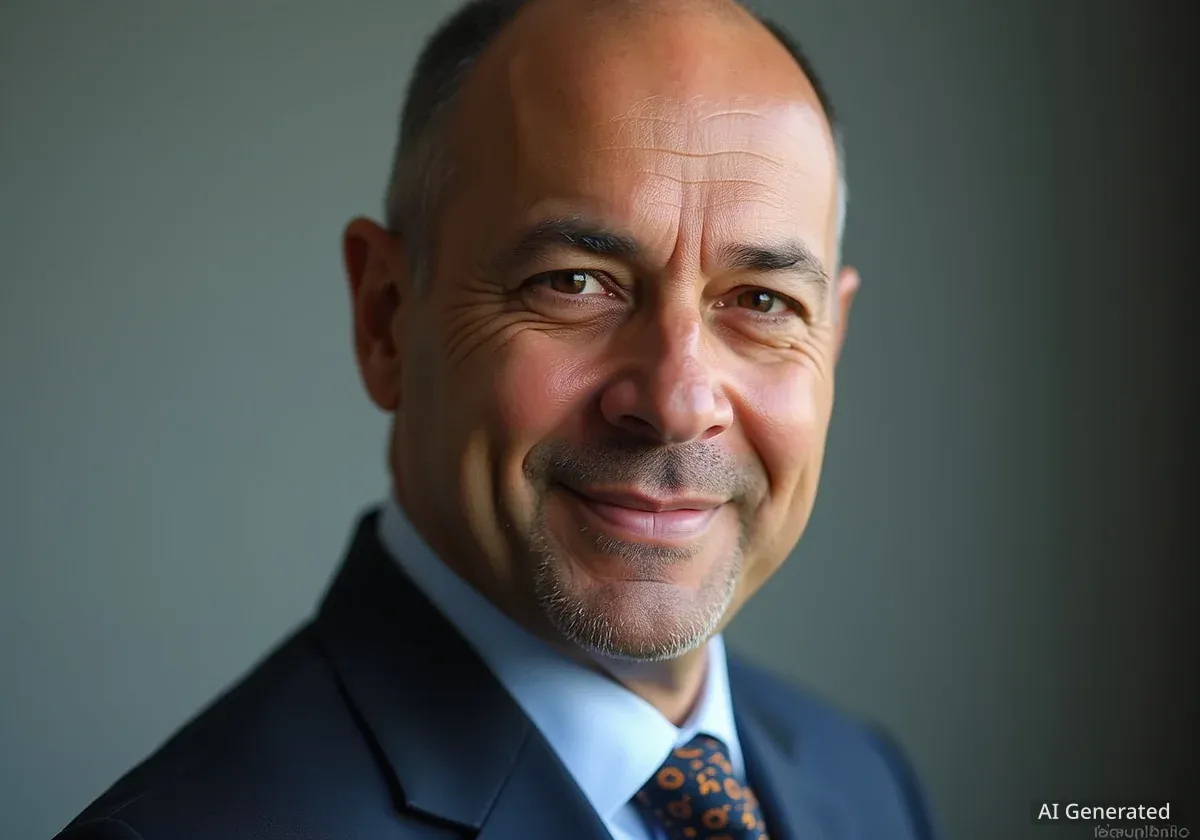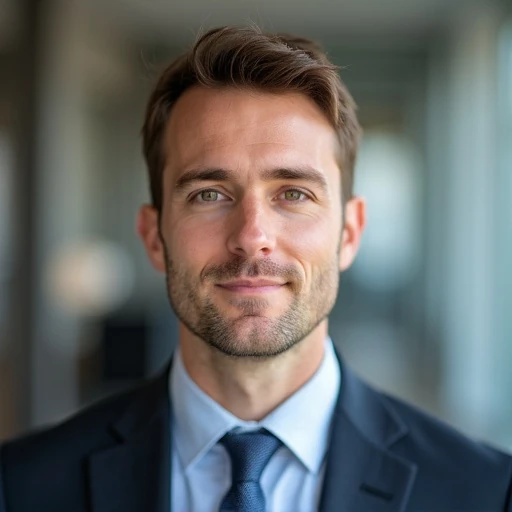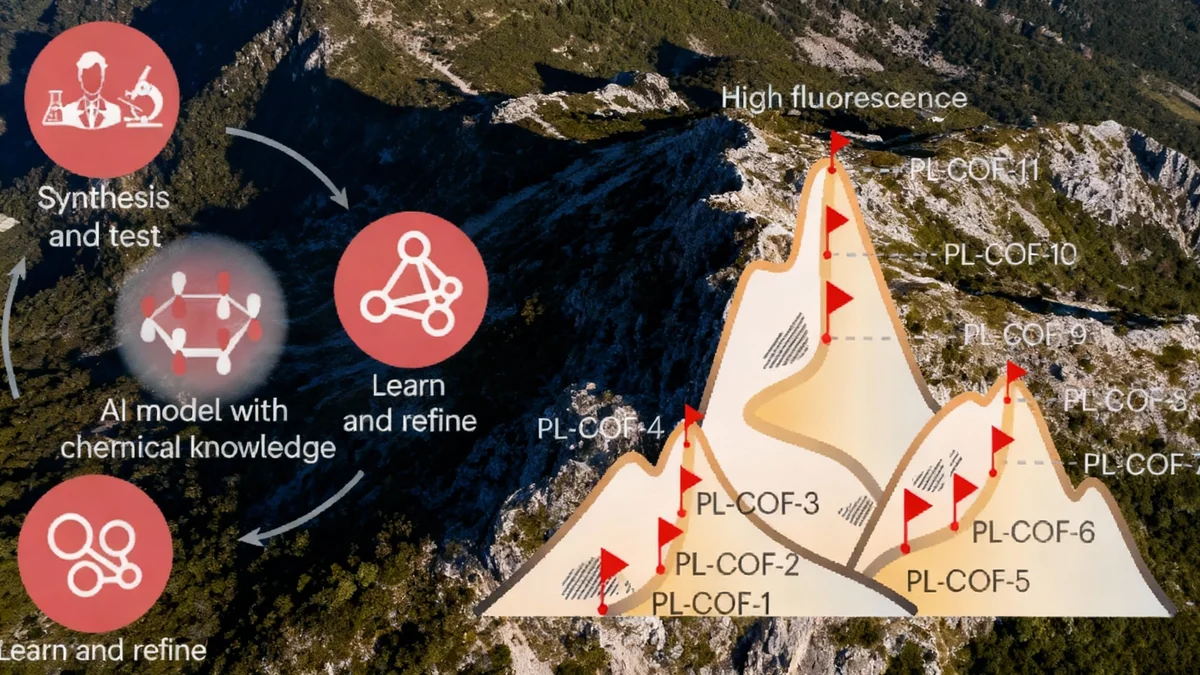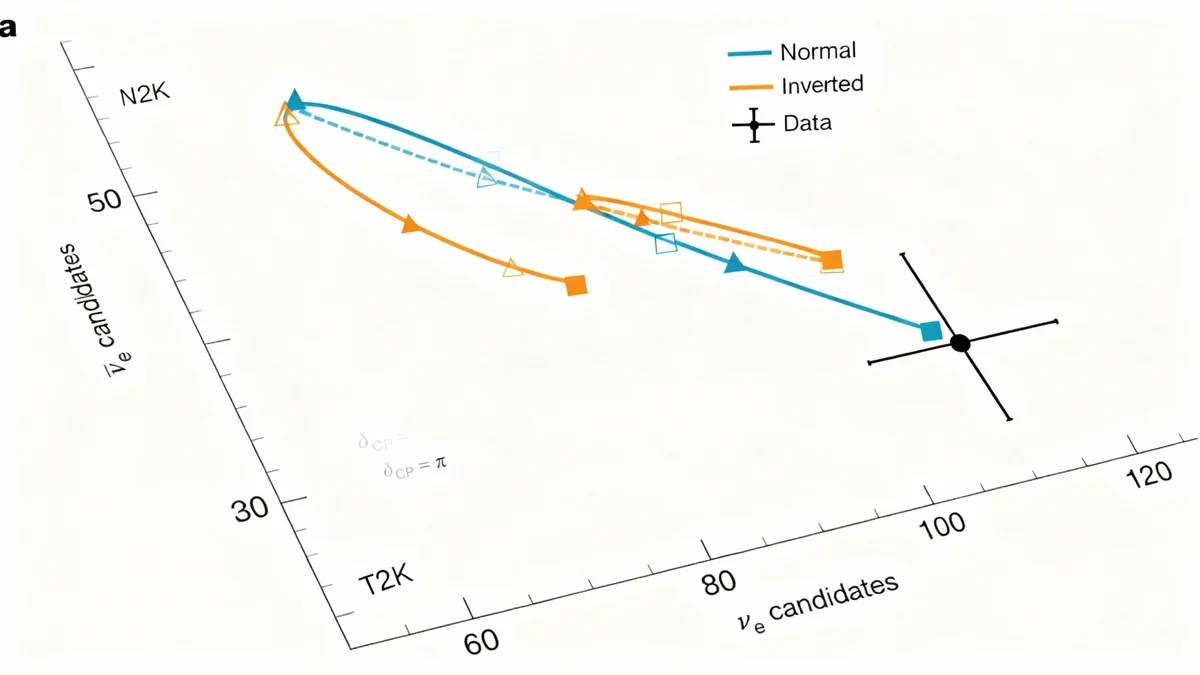Omar M. Yaghi, a distinguished professor known for his pioneering work in chemistry, has been awarded the 2025 Nobel Prize in Chemistry. Yaghi, who held a faculty position at UCLA from 2006 to 2011, shares this prestigious honor with Susumu Kitagawa of Kyoto University and Richard Robson of the University of Melbourne. Their collective recognition stems from the development of a novel form of molecular architecture, specifically metal-organic frameworks (MOFs), which offer significant potential across various scientific and industrial applications.
The groundbreaking research conducted by Yaghi and his collaborators has led to the creation of highly porous, sponge-like structures. These materials are capable of capturing and storing toxic gases, catalyzing chemical reactions, and even harvesting water from desert air. This achievement marks a major advancement in materials science and holds promise for addressing critical global challenges related to energy, environment, and resource management.
Key Takeaways
- Omar Yaghi, a former UCLA professor, won the 2025 Nobel Prize in Chemistry.
- He shares the award with Susumu Kitagawa and Richard Robson for developing Metal-Organic Frameworks (MOFs).
- MOFs are porous materials used for gas capture, chemical reactions, and water harvesting.
- Yaghi is recognized as the inventor of reticular chemistry.
- His research at UCLA significantly contributed to the Nobel-winning discoveries.
Revolutionizing Materials Science with Reticular Chemistry
Professor Yaghi is widely acknowledged as the inventor of reticular chemistry. This field focuses on linking molecular building blocks into extended crystalline structures. This approach allows scientists to design and produce new classes of materials with specific properties. His work has primarily focused on clean-energy applications.
The Nobel Committee for Chemistry highlighted the immense potential of these new materials. Heiner Linke, chair of the Nobel committee, stated,
“Metal-organic frameworks have enormous potential, bringing previously unforeseen opportunities for custom-made materials with new functions.”This underscores the transformative impact of Yaghi's research.
Key Facts about MOFs
- Composition: Metal ions and carbon-based molecules.
- Structure: Highly porous, sponge-like crystalline networks.
- Applications: Capturing toxic gases, storing hydrogen and methane, driving chemical reactions, harvesting water.
- Scalability: Can be made from low-cost, common ingredients.
Groundbreaking Discoveries at UCLA
Yaghi conducted some of his most impactful research at UCLA between 2006 and 2011. During this period, he advanced the understanding and application of MOFs. His team also developed related materials such as covalent organic frameworks (COFs) and zeolitic imidazolate frameworks (ZIFs).
These materials demonstrate significant potential in environmental protection. They can efficiently isolate and capture carbon dioxide molecules. This capability is crucial for reducing heat-trapping carbon dioxide emissions. Such emissions contribute to global warming, rising sea levels, and increased ocean acidity.
Albert Courey, former chair of the UCLA Department of Chemistry and Biochemistry, praised Yaghi's innovative approach in 2009.
“Omar’s reticular compounds have potentially very important properties because they are very porous and because he is able to control their synthesis in such detail.”This quote highlights the precision and impact of Yaghi's work.
Understanding Reticular Chemistry
Reticular chemistry is a scientific discipline focused on constructing extended structures from molecular building blocks. Unlike traditional chemistry, which often creates discrete molecules, reticular chemistry builds vast, ordered networks. These networks, like MOFs, COFs, and ZIFs, have unique properties due to their precise, porous structures. This allows for tailored functionalities, such as selective gas adsorption or catalysis.
From Gas Storage to Water Harvesting
MOFs, which Yaghi first created in the early 1990s, function like molecular scaffolds. They consist of linked rods with nanoscale pores designed to trap gases. These gases include carbon dioxide, hydrogen, and methane, which are often difficult to store and transport efficiently.
The materials can be produced using readily available and inexpensive ingredients. For example, zinc oxide, commonly found in sunscreen, and terephthalate, a component of plastic soda bottles, can be used. The ability to modify their components easily allows for the creation of a wide range of MOFs with diverse properties and structures.
During his tenure at UCLA, Yaghi's team consistently improved MOFs, COFs, and ZIFs. They focused on increasing porosity, surface area, and the capacity to compact and store gases like carbon dioxide, hydrogen, and methane. In 2010, one of their creations, MOF-200, set a new record for porosity.
Yaghi described the impressive scale of MOF-200 at the time.
“If I take a gram of [it] and unravel it, it will cover many football fields, and that is the space you have for gases to assemble.”He further illustrated this by stating,
“It’s like magic. Forty tons of MOFs is equal to the entire surface area of California.”This analogy powerfully conveys the extraordinary surface area packed into these materials.
Advancing Hydrogen Fuel Technology
A significant part of Yaghi's research focused on developing hydrogen-powered vehicles. In 2006, Yaghi and his collaborators at UCLA and the University of Michigan made a breakthrough. They used MOFs to achieve hydrogen fuel concentrations nearly three times higher than previously reported. This was a critical step towards making hydrogen a viable alternative fuel.
Popular Science recognized Yaghi's contributions in 2006, including him in their “Brilliant 10” list. The publication noted,
“Many chemists believe that Yaghi’s creations, if suitably tailored to store hydrogen, could lead to the first workable fuel tank for a hydrogen car.”They also emphasized the unique custom-building capability of his substances:
“If you zoomed in a billion times, his substances would look like enormous scaffolds. Materials scientists had seen similar frameworks before, but they couldn’t custom-build them for specific purposes.”
Current Roles and Broader Impact
Currently, Omar Yaghi holds the position of James and Neeltje Tretter Professor of Chemistry at UC Berkeley. He also serves as the scientific director of the Bakar Institute of Digital Materials for the Planet. Additionally, he is the founding director of the Berkeley Global Science Institute and co-director of both the Kavli Energy NanoScience Institute and the California Research Alliance by BASF.
Before joining UCLA in 2006, Yaghi was a faculty member at Arizona State University from 1992 to 1998. He then moved to the University of Michigan, where he taught from 1999 to 2006. His career trajectory highlights a consistent dedication to pioneering research and academic leadership.
Nobel Laureates with UCLA Connections
Omar Yaghi joins a distinguished group of Nobel laureates with ties to UCLA. Eight UCLA faculty members have previously received the Nobel Prize:
- Willard Libby (Chemistry, 1960)
- Julian Schwinger (Physics, 1965)
- Donald Cram (Chemistry, 1987)
- Paul Boyer (Chemistry, 1997)
- Louis Ignarro (Physiology or Medicine, 1998)
- Lloyd Shapley (Economics, 2012)
- J. Fraser Stoddart (Chemistry, 2016)
- Andrea Ghez (Physics, 2020)
In addition, nine UCLA alumni have been awarded the Nobel Prize. These include Fred Ramsdell (Physiology or Medicine, 2025), Ardem Patapoutian (Physiology or Medicine, 2021), Randy Schekman (Physiology or Medicine, 2013), Richard Heck (Chemistry, 2010), Elinor Ostrom (Economic Sciences, 2009), William Sharpe (Economic Sciences, 1990), Bruce Merrifield (Chemistry, 1984), Glenn Seaborg (Chemistry, 1951), and Ralph Bunche (Peace, 1950).





